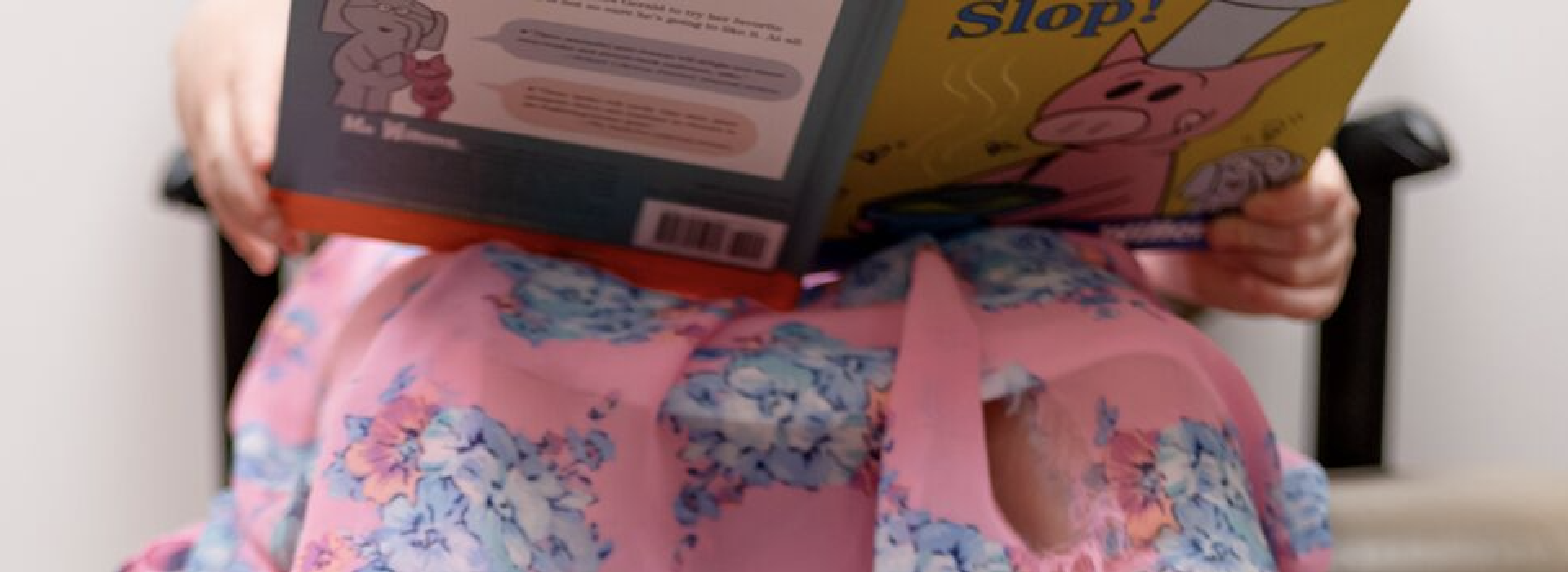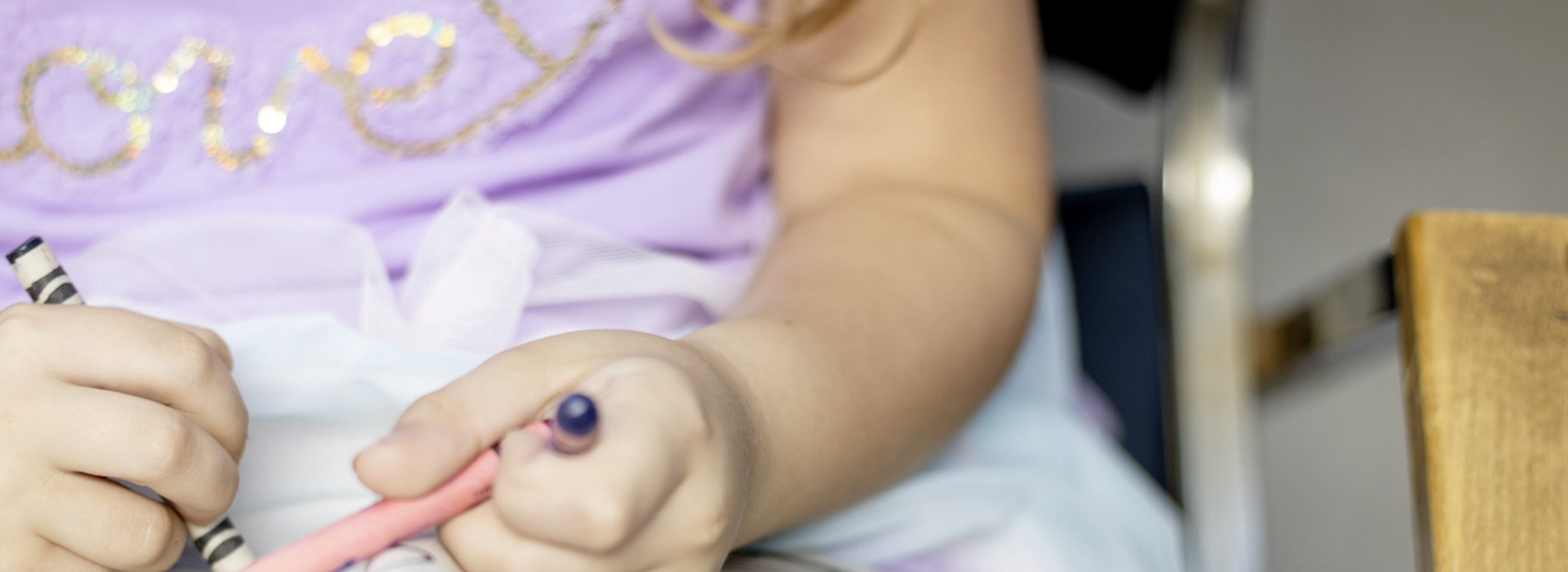Dipesh Navsaria, MPH, MSLIS, MD, FAAP, is an associate professor of pediatrics at the University of Wisconsin School of Medicine and Public Health and is director of the MD-MPH program there. That’s a lot of credentials and acronyms, but know that he’s practiced primary care pediatrics for a while in a number of settings, and is the founding medical director of “Reach Out and Read Wisconsin.”
Dr. Navsaria posted a recommended reading list for children of all ages to the American Academy of Pediatrics, and we’re happy to share his insights with you.
—————
In today’s world, children and teens are bombarded with conflicting, ever-shifting standards of ethics and morality. At the same time, you are trying to teach and instill good values at home. Fortunately, a really great book has the power to counterbalance these outside influences and teach children important lessons as they grow.
It might be a book on kindness after your child experienced or witnessed cruelty. It might be a book on expressing emotions after your child s aw or heard scary news coverage, or maybe a book on understanding differences after your child saw someone who looked differently than they do.
The American Academy of Pediatrics (AAP) and Reach Out and Read have compiled the following list of books—organized by age and topic—to help you raise children who are aware of the world around them, curious, brave, kind, and thoughtful. Parents and caregivers are encouraged to review these titles in advance of sharing them with their children.
Then read together! Books are great conversation starters that can give you an opportunity to talk to your children about these issues and help them learn and understand your family’s values.
Books to Teach Kindness:
Teaching kindness to children is an important skill to build and reinforce at all ages. Young children can learn how small acts of kindness help and please others, but teens can learn broader, larger concepts grounded in morals and ethics.
Preschoolers & Early Grades
Stand in My Shoes: Kids Learning About Empathy, by Bob Sornson; illustrated by Shelley Johannes
Those Shoes, by Maribeth Boelts, illustrated by Noah Z. Jones
Kindness is Cooler, Mrs Ruler, by Margery Cuyler, illustrated by Sachiko Yoshikawa
What Does It Mean To Be Kind?, by Rana DiOrio, illustrated by Stéphane Jorisch
Ordinary Mary’s Extraordinary Deed, by Emily Pearson, illustrated by Fumi Kosaka
Each Kindness, by Jacqueline Woodson, illustrated by E.B. Lewis
The Invisible Boy, by Trudy Ludwig, illustrated by Patrice Barton
Heartprints, by P.K. Hallinan
Middle Grades:
Charlotte’s Web, by E.B. White, illustrated by Garth Williams
Wonder, by RJ Palacio
Kindness: A Treasury of Buddhist Wisdom for Children and Parents, by Sarah Conover and Valerie Wahl
Teens:
Freak the Mighty by Rodman Philbrick
Rules, by Cynthia Lord
Books About Expressing Emotions:
Children may see anger, sadness, and loss in parents and other adults in their lives and be uncertain how to respond. Younger children may have difficulty naming their emotions, but find it easier to identify with a character in a book. Older children may have difficulty sorting through complex feelings and worry about burdening adults who are struggling themselves. Books can help children process, clarify, and put a name to their feelings.
Preschoolers & Early Grades:
Moody Cow Meditates, by Kerry Lee MacLean
That’s How I Feel (Asi Me Siento), by Rourke Publishing
Have you Filled a Bucket Today?, by Carol McCloud, illustrated by David Messing
What if Everybody Did That?, by Ellen Javernick, illustrated by Colleen M. Madden
I Was So Mad, by Mercer Mayer
Do Unto Otters: A Book About Manners, by Laurie Keller
My Many Colored Days, by Dr Seuss
Middle Grades:
Michael Rosen’s Sad Book, by Michael Rosen, illustrated by Quentin Blake
Queenie Peavy, by Robert Burch
Teens:
Don’t Let Your Emotions Run Your Life for Teens, by Sheri Van Dijk
A Still Quiet Place: A Mindfulness Program for Teaching Children and Adolescents to Ease Stress and Difficult Emotions, by Amy Saltzman MD
Learning to Breathe: A Mindfulness Curriculum for Adolescents to Cultivate Emotion Regulation, Attention, and Performance, by Patricia Broderick PhD






